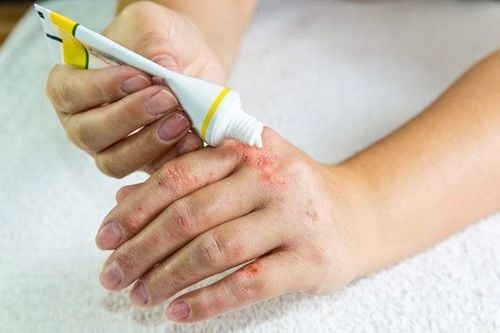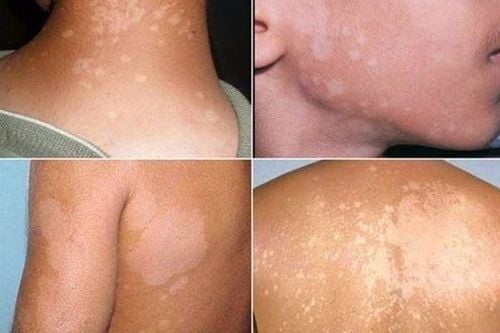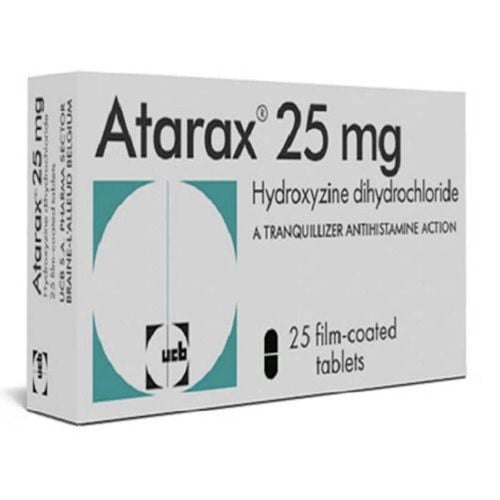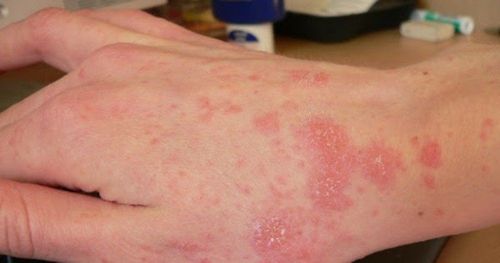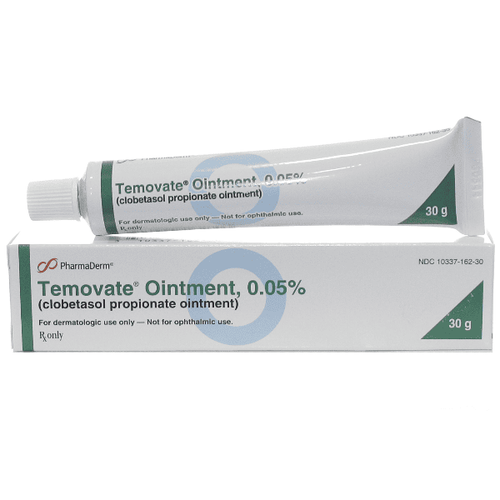This is an automatically translated article.
Atopic dermatitis represents skin damage caused by inflammation, people with atopic skin are susceptible to the disease. Atopic dermatitis has many different names such as eczema, atopic eczema, atopic eczema, atopic eczema or chronic lichen simplex. Atopic dermatitis is divided into three main groups: atopic dermatitis, seborrheic atopic dermatitis, and contact atopic dermatitis.
Atopic dermatitis can affect any skin area on the body but is most common in the hands and folds, atopic dermatitis on the face. The symptoms of atopic dermatitis are often very intense, and then subside and after a while will repeat.
Atopic dermatitis often progresses in stages, in acute episodes, the patient sees a red and itchy atopic dermatitis. The degree of atopic dermatitis is sometimes very severe, especially at night, making the patient sleepless. As the disease subsides, the skin will turn brown, gray, or leave thick patches of skin due to excessive rubbing.
Atopic dermatitis is a familial disease and has different manifestations depending on the stage of the disease, including acute, subacute and chronic.
Image of atopic dermatitis in the acute phase, the skin often has a lot of redness, accompanied by small blisters on an erythematous background and no skin scales. The affected skin areas are edematous, fluid, and scaly. Blisters and redness appear most commonly on the cheeks, forehead, and chin, spreading to the trunk and limbs in severe cases.
Image of atopic dermatitis in the subacute stage, the skin is no longer secreted and much edematous. In the chronic stage, the picture of atopic dermatitis is hyperkeratosis, lichenification creating raised patches on the skin surface, clearly demarcating the healthy skin. Large patches of skin lichen commonly appear on the palms of the hands, soles of the feet, the anteroposterior aspect of the elbow folds, the popliteal fossa, and the nape of the neck. This is the result of the process of damaging and scratching the skin from itching and scratching a lot.
As with the treatment of atopic dermatitis, the prevention of recurrence is still challenging today because the specific etiology remains elusive in most cases.




